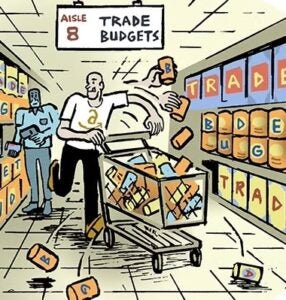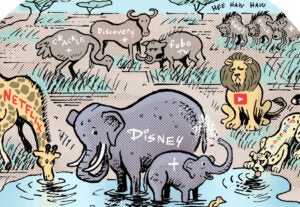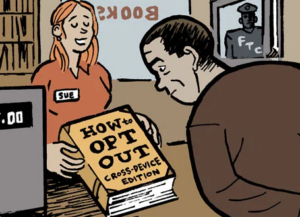 “The Sell Sider” is a column written for the sell side of the digital media community.
“The Sell Sider” is a column written for the sell side of the digital media community.
Today’s column is written by Michael Necheporenko, chief technology officer at Roxot.
Currently, publishers are discussing emerging server-to-server header bidding solutions and latency issues but ignoring the biggest problems with website revenue: Why are publishers still relying on second-price auctions to sell online advertising? Publishers owe it to their bottom lines to re-examine this strategy.
Like many good theories, the second-price auction model loses its advantages when implemented in the real world. The idealistic concept of a fair auction where buyers bid their true private values starts to crack when the programmatic advertising environment adds new variables to the equation. These inefficient auction mechanics cause an imbalance in the market, jeopardize publishers’ positions and lower their potential revenue.
The logic behind truthful bidding, the main theoretic advantage of the second-price auction model, is only true if a singular, unique item is auctioned. However, impressions auctioned in programmatic advertising are not as unique as you would think.
Ad auctions are replayed over and over again against the same visitors, websites, inventory units, ad sizes and more. It doesn’t take long to analyze auctions won and lost to find a way to game the system.
For example, to uncover the actual market value for an auction aimed at a specific user type, all one needs to do is bid unrealistically high. Besides winning the auction and paying (and learning) the price the second-highest bidder was willing to pay, if done across millions of impressions you’ll get a map of competitive bids for your target audience over time. Armed with the knowledge of true market value and the auction parameters, an advertiser can influence future auctions, such as bidding lower than the actual market value to drive down bids for future auctions.
In the end, advertisers adopt new bidding strategies where bidding their true private value is no longer the most profitable approach. In an attempt to buy the sum total of impressions needed at the lowest rates possible through substitution, advertisers programmatically vary bids from impression to impression and auction to auction.
When bids unpredictably and rapidly fluctuate, huge gaps between a winning bid and a second bid may occur. Inaccuracy in and discrepancies between advertisers’ private values, which are usually based on customer acquisition costs and different attribution models, increase gaps between the advertisers’ bids even further. As a result, these gaps discount publisher inventory prices, lower their potential revenue and jeopardize their position in the market.
For better or worse, RTB functions on the second-price auction model with crucial limitations. Because advertisers employ bidding strategies that result in low bids and/or huge gaps between the winning and second-highest bids, the current state of the industry is proving untenable.
As it evolves, where will the industry look? Will it be to first-price auctions? One unified second-price auction with first bids submitted by all demand partners? Or something else entirely?
Follow Roxot (@roxot_team) and AdExchanger (@adexchanger) on Twitter.











